7 Essential Tips for Choosing the Right Food Packaging Roll Plastic Film
In the ever-evolving landscape of food packaging, choosing the right Food Packaging Roll Plastic Film is crucial for ensuring product longevity, safety, and sustainability. According to a recent report by Grand View Research, the global food packaging market is expected to reach $500 billion by 2025, driven largely by consumer demand for convenience and freshness. However, selecting the appropriate plastic film can be daunting, as it directly impacts shelf life, compliance with regulations, and environmental concerns. With nearly 40% of all food produced going to waste, efficient packaging solutions are more critical than ever. This blog will explore seven essential tips to help manufacturers and retailers make informed decisions in selecting the most suitable Food Packaging Roll Plastic Film to meet their specific requirements while addressing industry challenges.
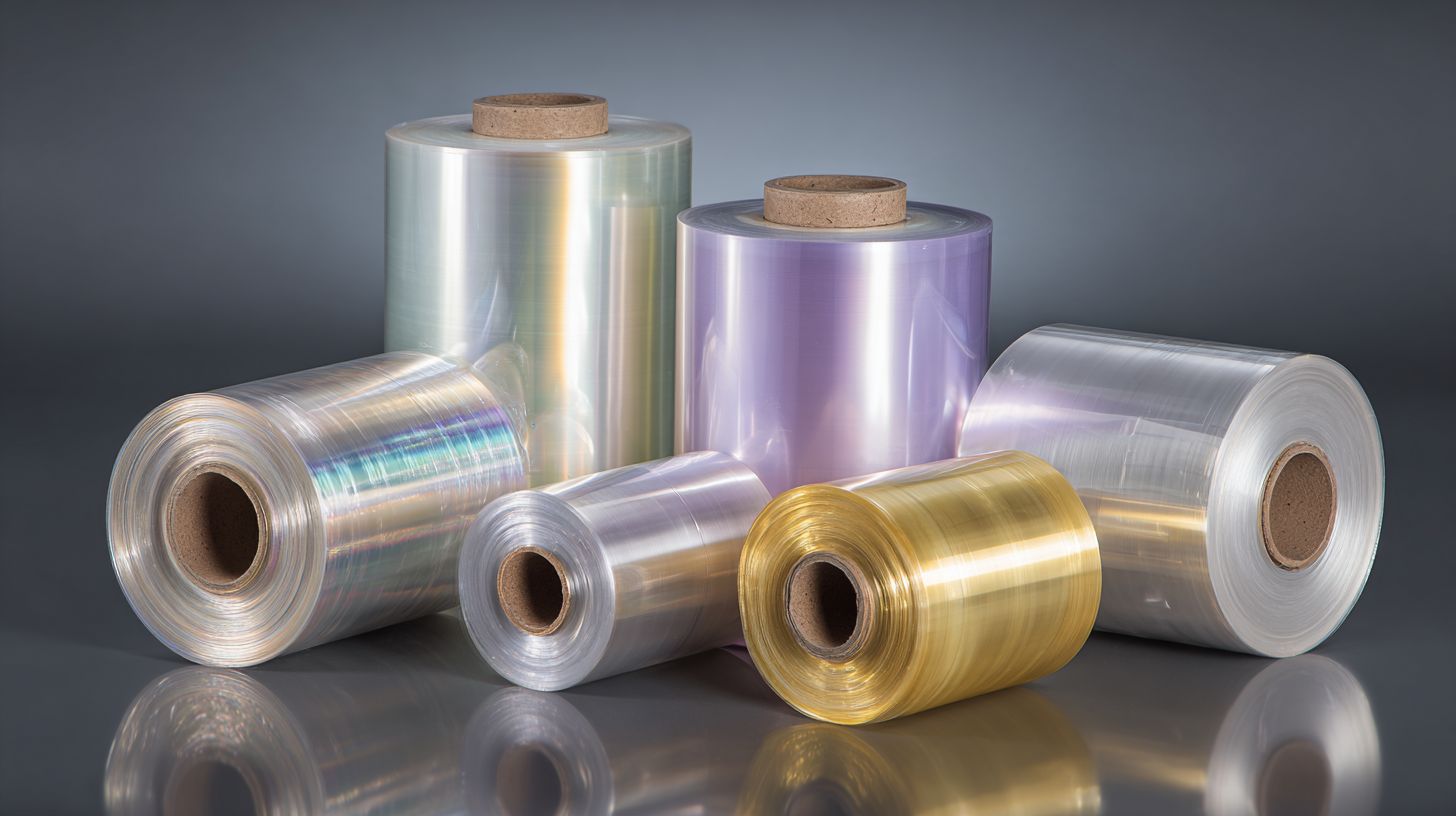
Understanding Different Types of Food Packaging Roll Plastic Film and Their Uses
When it comes to food packaging, choosing the right roll plastic film is crucial for maintaining product quality and safety. Plastic films are flexible materials widely used in food packaging, with the flexible packaging market projected to grow significantly, reaching USD 300 billion by 2025. Different types of plastic films serve various purposes, including moisture barrier properties, transparency, and protection against contaminants.
Tip 1: Consider the thickness of the plastic film. Thicker films generally provide better protection against punctures and tears, which is essential for preserving sensitive food items.
Furthermore, innovative printing technologies such as flexography and rotogravure enhance the aesthetic appeal of food packaging, while also ensuring product information is clearly visible. With the rise of environmental concerns, businesses must also be mindful of microplastics found in food packaging. Research indicates that microplastics can release harmful substances during the food storage process, posing potential health risks.
Tip 2: Opt for biodegradable or composite films whenever possible. These materials not only help in reducing environmental impact but also offer functionalities like controlling the release of active ingredients to prolong shelf life, aligning with the growing demand for sustainability in food packaging solutions.
Key Factors Influencing the Selection of Food Packaging Film Materials
When selecting the right food packaging roll plastic film, it's crucial to consider several key factors that can significantly influence your decision. The material's compatibility with food safety standards is paramount; ensure that the chosen film is designed to be safe for direct contact with food and beverages. As consumer demand for sustainable options rises, opting for recyclable materials not only meets regulatory requirements but also appeals to environmentally conscious customers.
Additionally, it's important to evaluate the film's durability and barrier properties. These characteristics protect the fresh food from moisture, oxygen, and contaminants while extending its shelf life. Be sure to test different types of films, such as high barrier or breathable films, depending on your specific product needs. Lastly, consult with suppliers about the latest innovations, such as biobased plastic films, which provide an eco-friendly alternative without compromising on quality or performance.
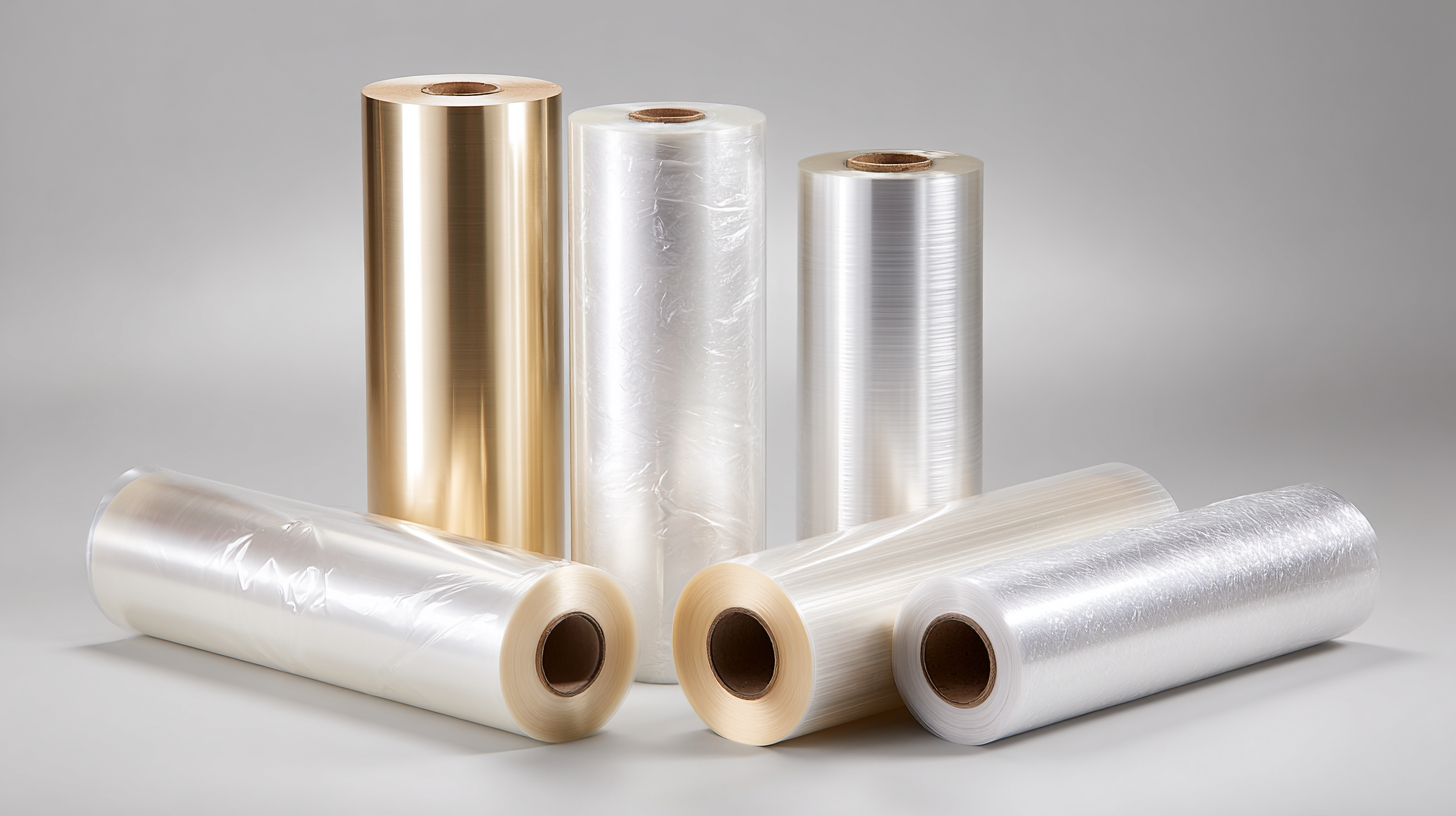
Analyzing the Impact of Barrier Properties on Food Preservation
When it comes to food preservation, the barrier properties of plastic film play a crucial role in maintaining the quality and safety of the packaged products. These properties, including moisture, oxygen, and light barriers, directly influence the shelf life of food. For instance, films that effectively block oxygen can significantly reduce the risk of oxidation, which can lead to spoilage and the loss of flavor. Similarly, films with excellent moisture barriers prevent water vapor transmission, ensuring that the food remains fresh and prevents microbial growth.
Selecting the right food packaging roll plastic film involves understanding these barrier properties to meet specific preservation needs. For products sensitive to light, such as oils and certain meats, choosing an opaque or UV-blocking film can help prevent degradation. On the other hand, hermetically sealed packaging can be advantageous for products that require an airtight environment to prolong freshness. Therefore, when making packaging decisions, analyzing the intended shelf life and sensory characteristics of the food can guide you in selecting the most effective type of plastic film for optimal food preservation.
Sustainability Trends in Food Packaging: Choosing Eco-Friendly Plastic Films
As the food packaging industry evolves, sustainability has become a crucial factor in selecting materials. According to a report by Smithers Pira, the global market for sustainable packaging is expected to reach $400 billion by 2027, driven by consumer demand and regulatory changes. This highlights the importance of choosing eco-friendly plastic films that align with these trends. Using biodegradable or recyclable materials not only reduces environmental impact but also appeals to environmentally conscious consumers, ultimately driving brand loyalty.
In addition, reports indicate that 50% of consumers are willing to pay more for products packaged in sustainable materials. With this shift in consumer behavior, manufacturers are now prioritizing the development of eco-friendly alternatives to traditional plastic films. Innovations in materials, such as plant-based films and recycled content plastics, are on the rise, offering viable solutions that minimize waste and promote sustainable practices. By opting for these green packaging options, businesses can contribute to a more sustainable future while meeting the expectations of the modern consumer.
Market Insights: Growth Projections for the Food Packaging Film Industry
The global plastic packaging market is projected to reach a value of $431.28 billion in 2023, with expectations to grow to $454.89 billion in 2024, ultimately soaring to approximately $736 billion by 2032. This remarkable growth reflects a rising demand, particularly in sectors like frozen food packaging, which is set to expand from $11.38 billion in 2024 to an impressive $17.2 billion by 2032. To navigate this dynamic market, businesses should employ strategic tips when selecting the right food packaging roll plastic film.
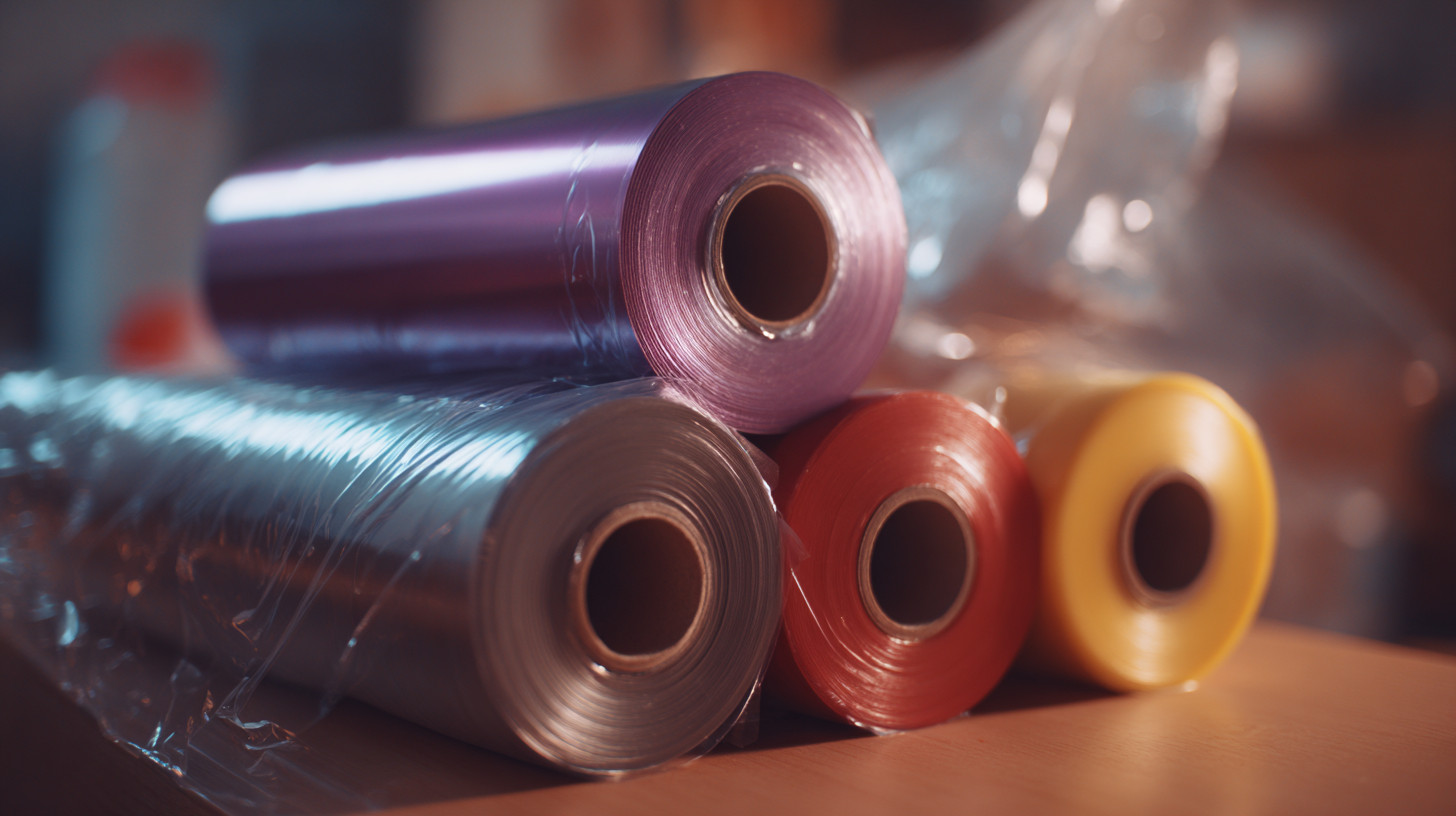
When considering packaging materials, it’s essential to choose films that align with specific product requirements. For instance, low-density polyethylene (LDPE) is forecasted to grow from $22.07 billion in 2025 to $29.69 billion by 2032, at a CAGR of 4.33%. This suggests a strong market preference for LDPE due to its versatility and protective properties. In addition, the flexible plastic packaging segment is anticipated to rise from $166.53 billion in 2025 to $250.34 billion by 2032, a testament to its adaptability across various food products.
Moreover, exploring innovations like water-soluble packaging, valued at $3.78 billion in 2024 and expected to grow to $5.65 billion by 2032, can help brands differentiate themselves in a competitive landscape. Prioritizing eco-friendly materials and digital print capabilities could also enhance brand appeal, as evidenced by the digital printing market projected to grow from $36.02 billion in 2025 to $56.62 billion by 2032, highlighting increasing consumer preference for sustainable and customized packaging solutions.
Related Posts
-
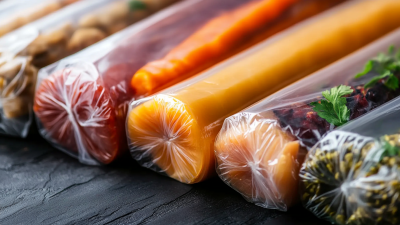
Revolutionize Your Business with Premium Food Packaging Roll Plastic Film Solutions
-
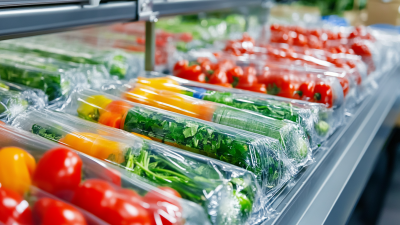
Innovative Trends in Food Packaging Plastic Roll Market Driving Sustainability and Efficiency
-
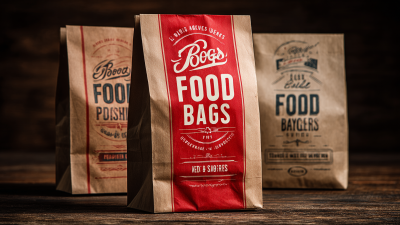
Advantages of Using Best Food Packaging Bags for Your Business
-
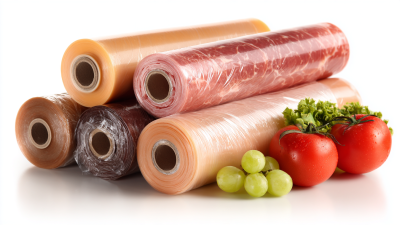
Global Trends in Food Packaging: 2025 Market Insights & Case Studies on Best Food Packaging Roll Plastic Film
-
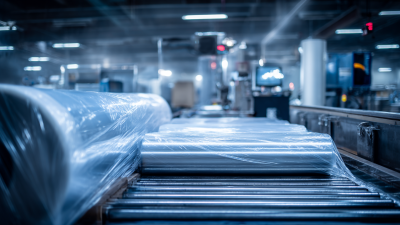
China's Innovative Solutions in Food Packaging Boosting Global Demand for Quality Plastic Rolls
-

How to Maximize Freshness and Shelf Life with Retort Pouches for Food Packing

 中国
中国